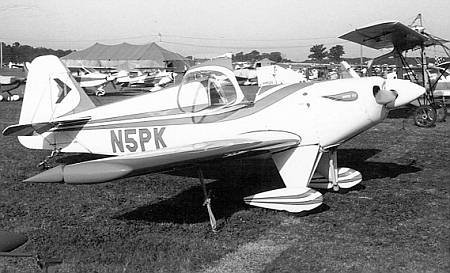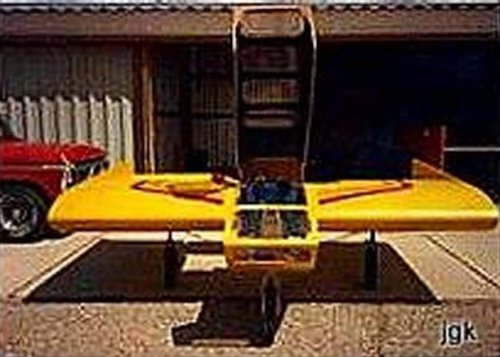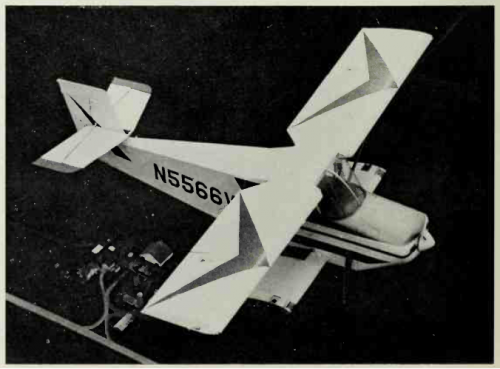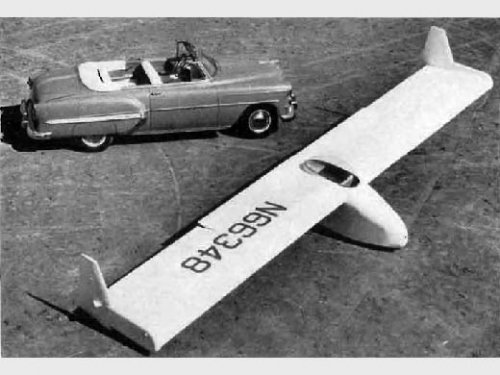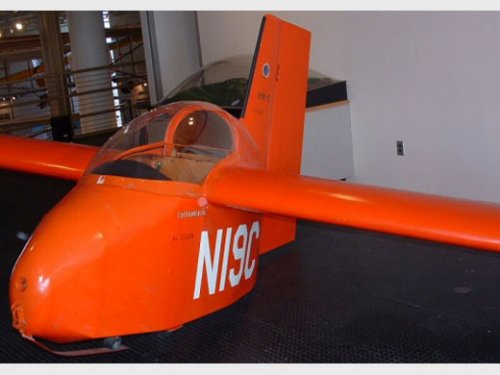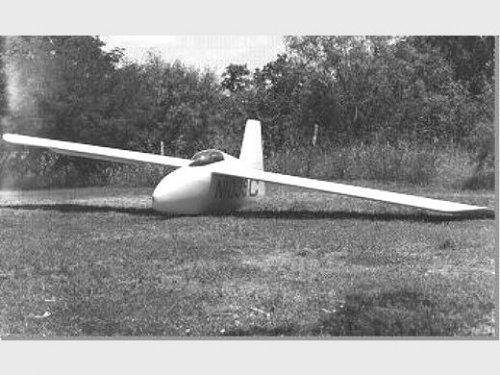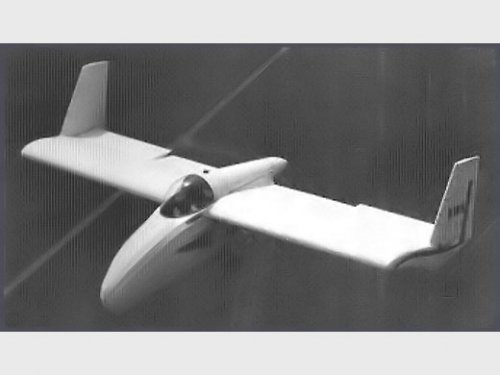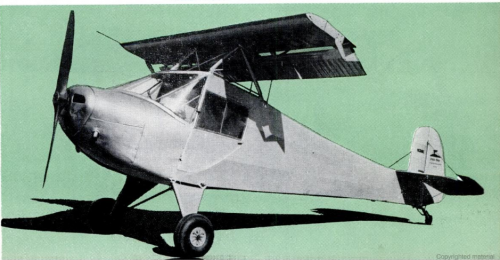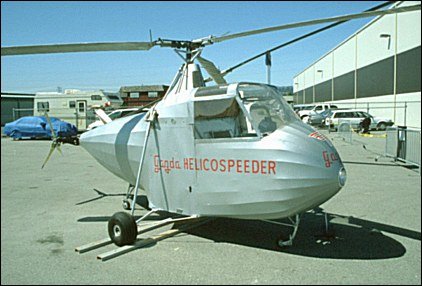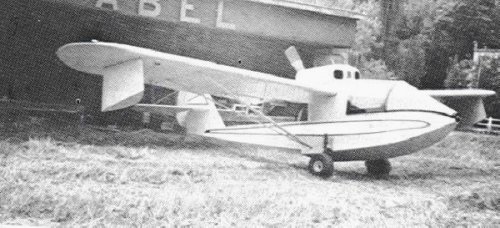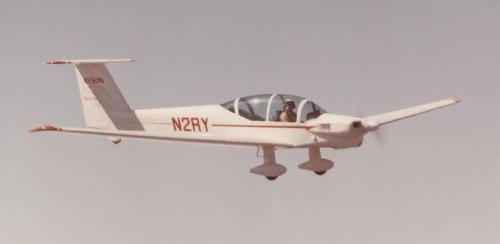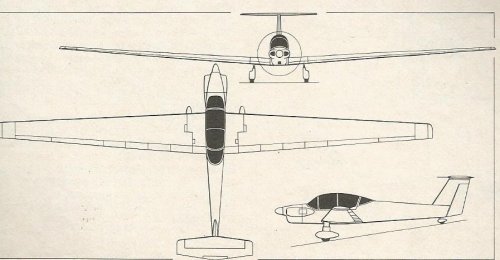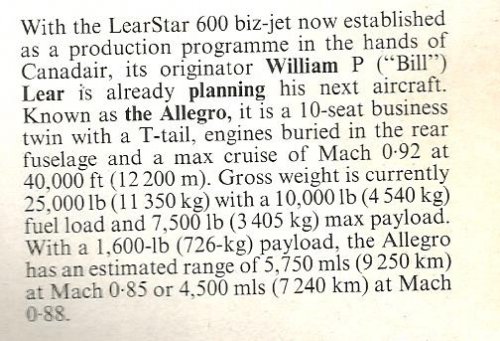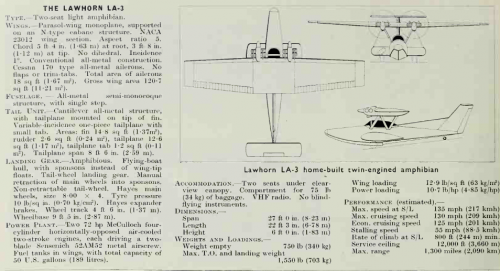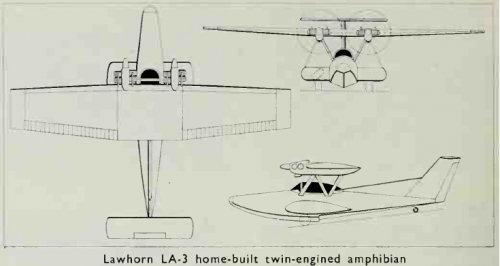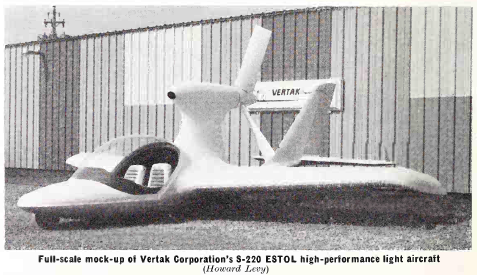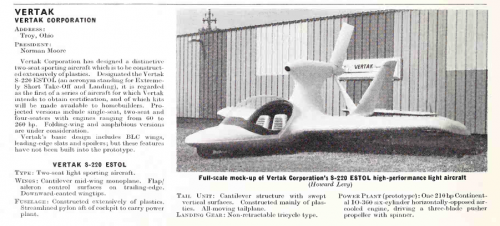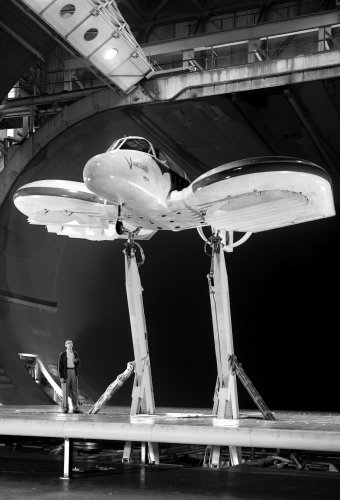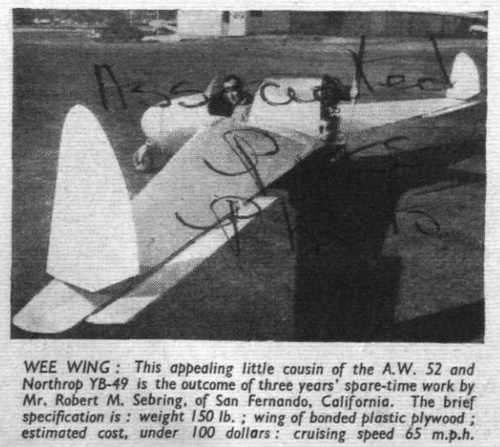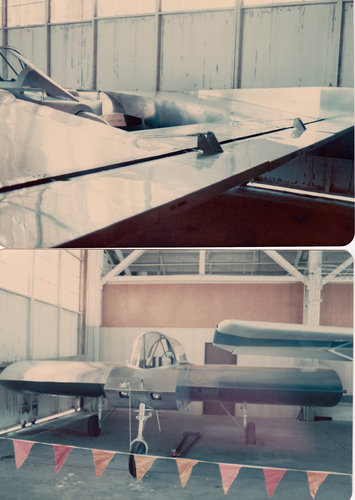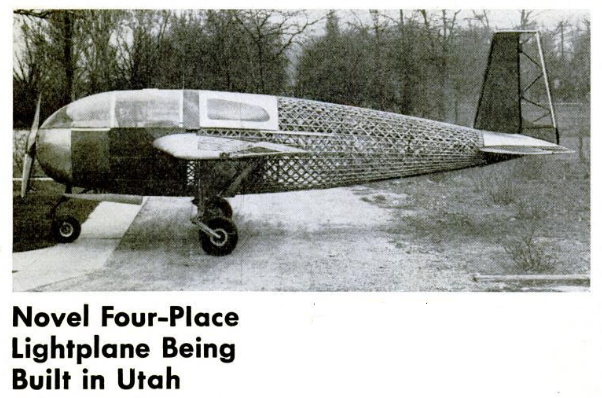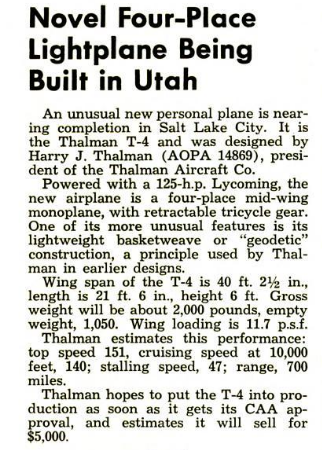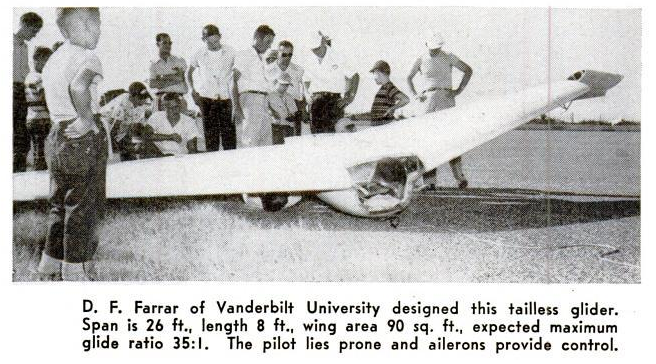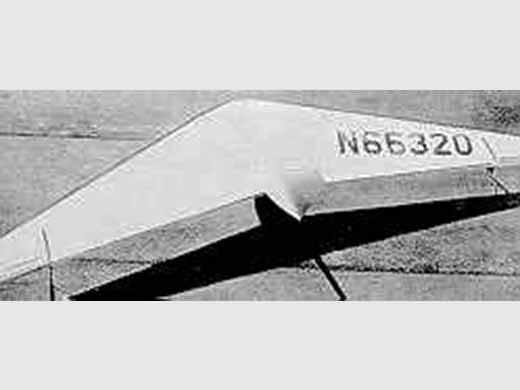Kraft Super-Fli (N5PK)
This high performance and fully aerobatic light plane was designed and built by Mr. Philip Kraft, with assistance by Mr. Paul White and it first flew in December 1974 under the power of a 200hp Lycoming AIO-360-A1D engine. The K-1 Super-Fli was a scaled-up version of a model airplane that Mr. Kraft had built earlier (he was a former world champion model aircraft builder). Although the K-1 was made available for amateur construction, no addition aircraft were completed. It is possible that a later owner (Mr. Ian Paden) installed a more powerful IO-540 engine. The N5PK registration for the aircraft was canceled in March 1990.
This high performance and fully aerobatic light plane was designed and built by Mr. Philip Kraft, with assistance by Mr. Paul White and it first flew in December 1974 under the power of a 200hp Lycoming AIO-360-A1D engine. The K-1 Super-Fli was a scaled-up version of a model airplane that Mr. Kraft had built earlier (he was a former world champion model aircraft builder). Although the K-1 was made available for amateur construction, no addition aircraft were completed. It is possible that a later owner (Mr. Ian Paden) installed a more powerful IO-540 engine. The N5PK registration for the aircraft was canceled in March 1990.

